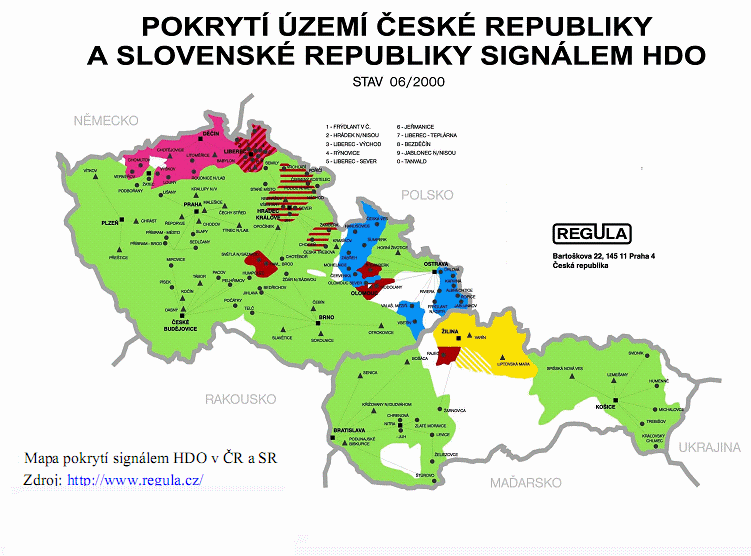

Electronics is usually photographed in lightboxes with soft lighting all around, which can be somewhat achieved with LED strips around the front side of the display area; however you’d need to add bezels so that viewers aren’t bothered by the lights. Based on the brown, red and gold features of the objects, I would pick a warm white color but that depends on other lights in the room and it would clash with the blue wall (not that the radios don’t already). If you want a museum-like display rather than atmospheric, I’d go for neutral white and keep that consistent across the room.







You can put a LOT of Javascript on a microSD card, then burn that. Or any other language but Javascript somehow feels appropriate.